8 Mistakes To Avoid When Growing Cannabis With Hydroponics
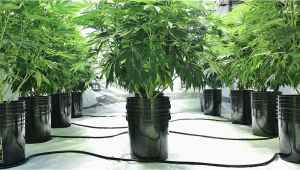
- 1. Not checking ph
- 2. Guessing e.c levels
- 3. Drip stakes not in place
- 4. No timers in sight
- 5. Using thick organic nutrients
- 6. Keeping a cold reservoir
- 7. Forgetting to flush
- 8. Clogged drip lines
- 9. Entering the room when the lights are off
- 10. Over defoliating
- 11. Buying cheap equipment
- 12. Other cultivation options
- 13. In conclusion
There are many advantages when growing cannabis seeds with hydroponic systems, ranging from commercial-scale yields, minimal growing medium, and the fastest uptake of nutrients and plant growth. If you are new to the hydro game, then it is a good idea to be well aware of all the mistakes not to make. In this article we cover all the bad habits to avoid and what to consider next time you decide to grow using hydroponics.
1. Not Checking pH
The pH levels of your water will play a massive role in the uptake and availability of your nutrient solution. Cannabis plants that are grown in hydroponic systems require a pH of 5.5-6.5, which is the optimal range. Anything below 5.5 will cause a nutrient lockout and will cause failure to feed the plants. Naturally, Cannabis plants will pollute the water allowing them to drift accordingly between the optimal range.
You will need to buy a pH testing pen, which will give you a digital reading indicating how acidic or alkaline the water source is. It is always best to add your nutrient solution and then afterward add pH up or down, to balance the pH to the optimum range. Make sure that your pH pen is correctly calibrated before using it.
2. Guessing E.C Levels
The electric conductivity of your nutrient solution will be an indication of the purity of the content. Basically, the higher the E.C levels, the more salt-based chemicals the plants are being administered, which will increase as the plants mature and enter the flowering stage of 12/12. In the same way, as a pen is used for pH, the same applies to E.C pens. Dipped into a nutrient solution to test the electrical conductivity, these pens will allow you to see just how weak or strong the nutrient solution is.
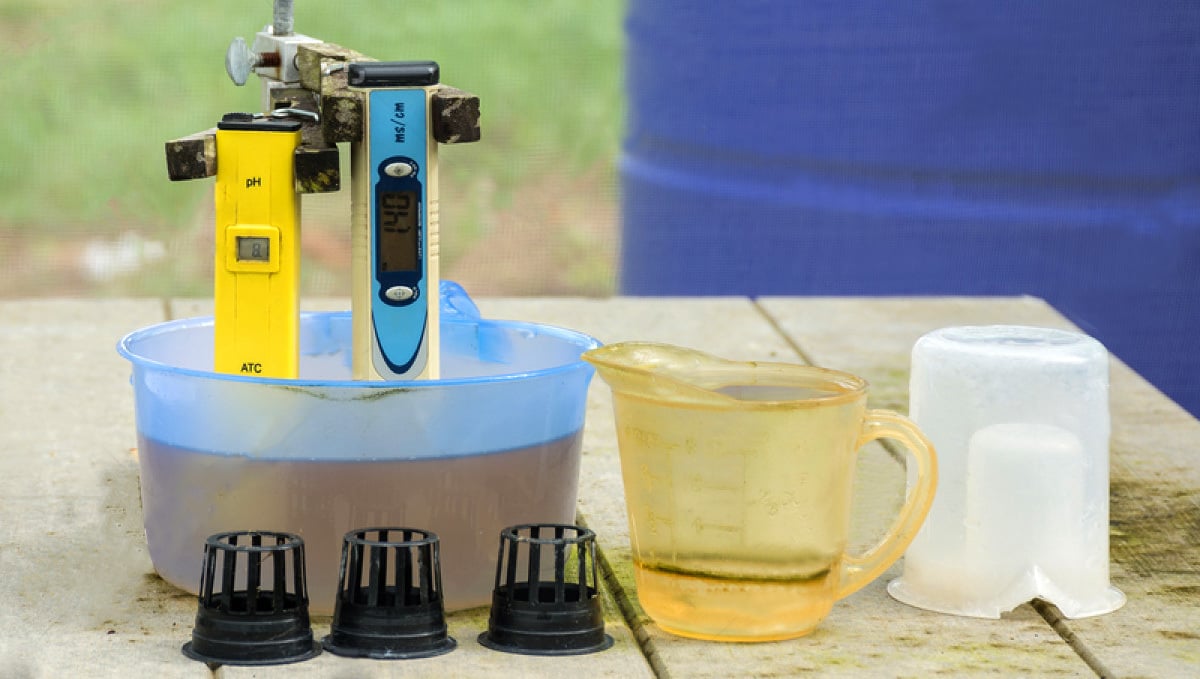
Some cultivars are able to take a higher E.C than others, so don’t always assume cranking the nutrient levels up will result in huge and happy plants every time. Pouring the nutrient out by eye may be suitable for organics, but a much more professional approach needs to be taken with hydro.
3. Drip Stakes Not In Place
Using dripper stakes and dripper lines is an excellent way to take the back-breaking work out of watering all your plants by hand. Drippers also allow the growing medium to be saturated with the exact same amount of liquid nutrient every feeding, and when combined with a 15-minute segment time, the feeding cycle will be as consistent as possible.
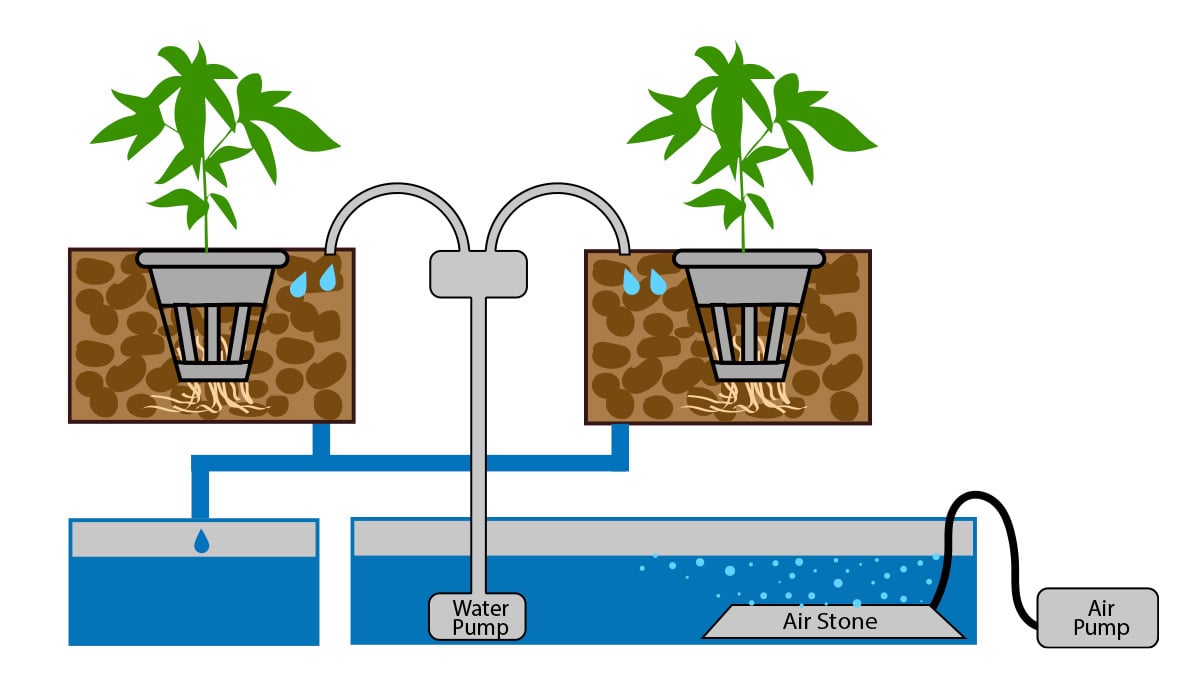
Make sure that your drip lines are inserted properly into your coco, rockwool or hydroton. Check all of the drip stakes in your garden and make sure there is no nutrient solution squirting out. The stake should be inserted 3-4 inches down into your medium and allowed to drip downwards. Walk around your garden and double-check all of your drip stakes are connected correctly. Otherwise, the flow rate of the other drippers will become affected.
4. No Timers In Sight
One of the most important factors when growing with hydroponics is the constant flow rate, timing, and frequency of nutrient solution. Everything must be done systematically, using a 15-minute segment timer. Choosing when the plants will be fed and manually plugging in the pump will be less effective in the long run than the Cannabis plants being fed between 2-5 times per day on a regular basis. Only if you are using a recirculating system that can be left on 24/7 with a hydroton medium, it is essential to use a timer.
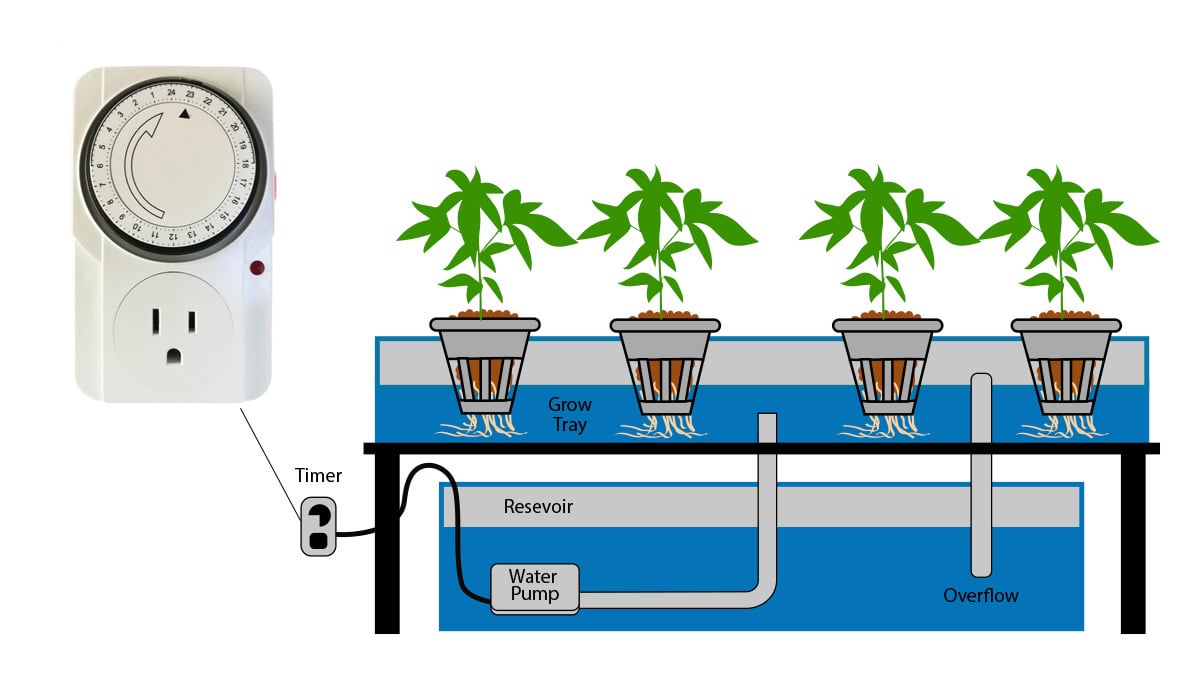
Feeding for exactly 15 mins per day, aiming for 2-3 times per day when using coco and rockwool in the vegetative stage and increasing to 3-5 times per flowering. It is a good idea to buy a spare timer to keep around, in case one becomes faulty and disrupts the feeding cycle. Do not buy a timer that only has 30-minute segments. 15 minutes should be the standard drip time with an increase in the frequency of waterings during lights on.
5. Using Thick Organic Nutrients
There is a reason why manufacturers of hydroponic nutrients make them in a certain way. The size of the nutrients is much smaller than organic compounds, which can be utilized immediately. However, using an organic-based nutrient in a dripper system, deep water culture or N.F.T system will cause several problems with the main one being a blockage of drip lines.
Using organic nutrients in a hydroponic system designed for soilless mediums and chemical salt fertilizers, will be counterproductive and only affect the output of the drip lines. Over time the lines will become blocked and aerobic bacteria will form inside the lines and directly into the reservoir. Using organic nutrients in a hydroponic system can cause serious problems, from blocked pumps and drip lines, aerobic bacteria, pathogens, and attracting insects.
6. Keeping A Cold Reservoir
Maintaining your reservoir that stores the nutrient solution and keeping it oxygen-rich and warm is essential. There are two things to consider when it comes to the ideal temperature that the roots of a Cannabis plant prefer. Too cold and below 20 degrees will be uncomfortable for plants and anything over 22 degrees Celsius can potentially invite pathogens to infect the root zone.
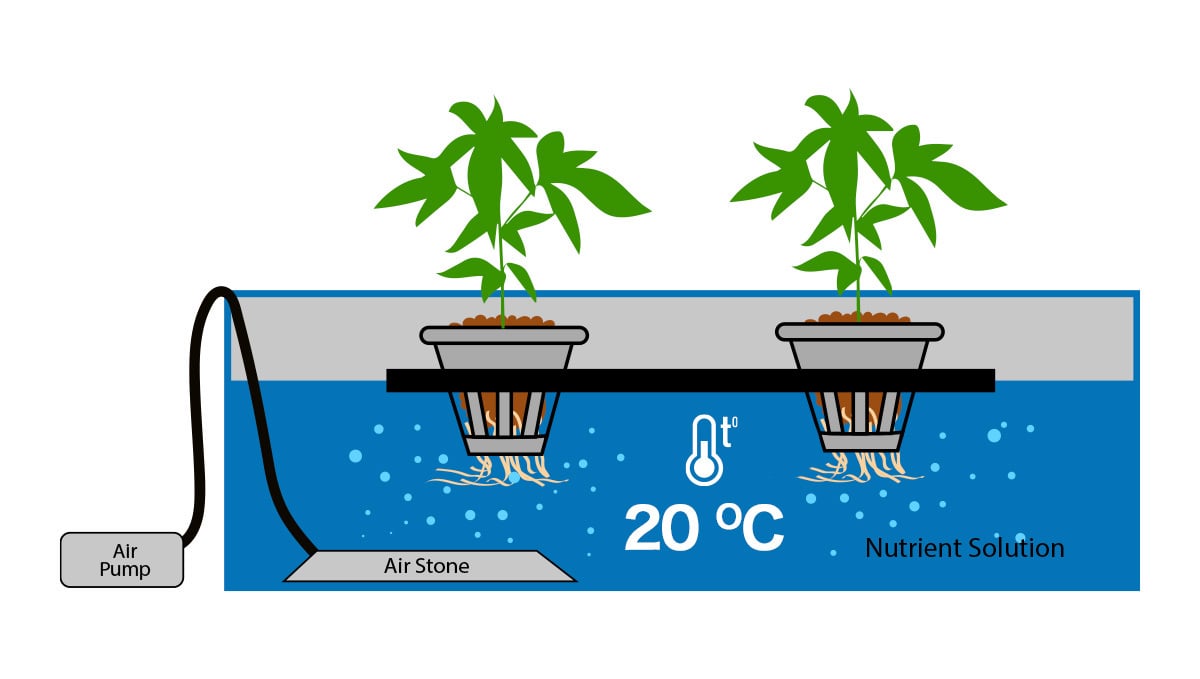
It is better to set an aquarium heater inside your reservoir tank and maintain a consistent temperature of 20 degrees Celsius. Roots may not grow as fast at this temperature, however, it will prevent unwanted plant pathogens from forming in the garden. Always keep an air stone inside your reservoir to ensure dissolved oxygen is being produced and to keep everything fresh and pathogen-free. Check the power output and size of the pump to make sure it will heat up the reservoir. A well-made aquarium heater will be expensive but well worth it.
7. Forgetting To Flush
Just because you are growing with water does not mean you do not need to flush. Giving Cannabis plants grown in hydroponic systems the chance to use up their internal reserves of nutrients and minerals, allow for a much smoother tasting flower, and induce the seasonal colors.
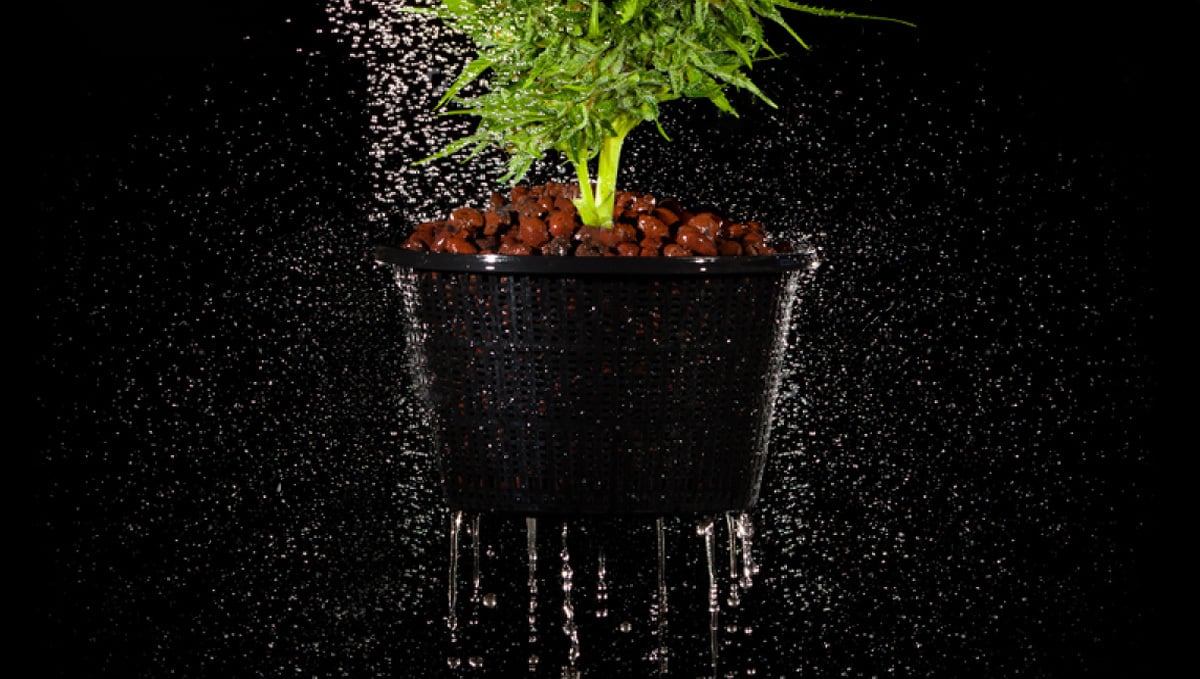
As long as you flush your Cannabis plants properly, then the end result should be white, soft ash when burning a joint, ultimate flavor, and very smooth on the lungs. Using enzymes is an excellent way to speed up the flushing process and breaking down of undissolved salts. There should be a flushing period of 14 days, and it is during this time the plants will reveal a full spectrum of colors. These will show the nutrients being fully used to the point of deficiency.
8. Clogged Drip Lines
It is easy to see salt residue left behind from hydroponic nutrients when examining the drip lines. Using the right treatment to thoroughly clean your systems, pumps, and drip lines is essential to maintaining a fully efficient system. Many nutrient companies offer different versions of cleaning products for hydro systems. Whichever you decide to use, follow the directions, and wash your system out until it is totally clean with no visible signs of salt residue inside the reservoir tank, pump, or dripper lines. It is a good idea to wash your system out properly before starting another crop. Leave your system to run with the cleaning product in and allow the solution to recirculate.
9. Entering the Room When the Lights Are Off
We know how exciting growing weed is, especially for first-timers. But, one of the cardinal rules that almost every new grower breaks are staying out of the grow room while the light cycle is set to dark. This can cause massive issues thanks to light leaks that are close on inevitable if you open the room or tent during the dark period. Light leaks can cause a range of issues, the worst of them being turning your precious ladies into hermaphrodites. Hermaphroditism in cannabis plants is an evolutionary feature that can save a wild plant from not being able to pass down its specific genetic code. When a plant turns hermie, it will produce both the male and female sex organs, and within a few short weeks, just one plant can pollinate an entire commercial-sized crop.
If you suspect one of your weed plants has turned into a hermie, extract her from the rest of the crop. If she only has a few pollen sacks you can carefully remove them and hope that she doesn’t grow anymore. In the instance that she has many sacks it's best to just eliminate her and hope the rest of the crop is fine.
10. Over Defoliating
Defoliation is the technique of removing fan leaves to help the plant redistribute nutrients to the flowering sites. This can be extremely beneficial to the yield and potency of a cannabis plant but as a new grower, you have to be very careful just how much you remove, and how you remove the fan leaves. There are multiple different styles of defoliation, from lollipopping to topping, to the extreme technique of schwazzing (which we do not really recommend, even for experienced growers).
The general consensus is that you should never take more than about 25%of fans' leaves off at one time, and to do so extremely carefully. Experienced cultivators may use the “pinch and pull” method, but we reckon that using a good, sharp pair of scissors is a better idea. And, when it comes to the autoflowering types of cannabis, you should never defoliate whatsoever. They just do not have enough time to bounce back from the stress of defoliation, and this will probably lead to decreases in yield and potency.
11. Buying Cheap Equipment
This really goes for any type of cannabis cultivation but is even more relevant for hydro setups. The amount of absolute crap floating around on the internet (we are looking at you eBay) is truly astounding, and from our own personal experience, we can 100% say that trying to save money on equipment will do the exact opposite. It’s always better to save up for the good stuff because you will inevitably need to buy it in the long run when the cheap crap breaks - and take it from us, it will break. This could also end up destroying your crop, so just take the plunge and invest in the proper equipment.
12. Other Cultivation Options
There we are, all of the pitfalls that can trip up growers new to the hydro experience. Most of them are really easy to avoid and, with practice, you’ll become a pro at hydroponic growing in no time. However, it’s important to remember that hydroponics isn’t the only option for growers.
Sure, hydroponics will usually offer the fastest growth, higher potency, and slightly higher yields than organic farming practices - but speed and yield aren't the be-all and end-all when it comes to cannabis. A recent study showed that when people are offered a range of different strains in a blind test, it was actually the options with more complex and full terpene profiles that took out the top prizes. This just goes to prove that cannabis enjoyment is less about how strong it is, and how whacked it's going to get you, and more about the aroma and flavor profile - to a certain respect, anyway. And how do you grow the tastiest, stankiest weed? Through organic practices.
Organic Cannabis Cultivation
Organic cultivation has been around since the dawn of time. Instead of you, the grower, feeding the plant their nutrient solution directly, you instead create a rich soil environment full of organic matter and microbes that process the organic matter, turning it into bi-available nutrients that the plants can feed from. The great thing about this method is that you’re actively encouraging microbial life in your grow room - beneficial little critters that will help make sure your plant's roots are healthy and respiration properly. In many ways, it's like creating a mini ecosystem. Organic growing adds a different level of complexity to the process (when compared to hydroponics) but it allows you to tinker with the flavor profile much more than you can through hydro grow-ops.
Organic cannabis cultivation also takes a bunch of the work that you have to do with hydro, and gets rid of it totally. No more mixing up endless reservoirs full of nutrient solution, and having to spend all that time measuring the TDS or EC, fiddling with the levels until everything is perfect. With organic gardening, the soil (and the microbes it contains) takes care of the plant’s needs. That's not to say you won't have to add some more compost or organic fertilizer at some point, just that the process is much more hassle-free and forgiving than hydroponics. It can be as simple as applying some slow-release fertilizer at the midway point of the grow, and just that one time. Super simple.
Coco-Coir
Coco-coir is somewhat of a magic substrate, in that it offers a lot of the advantages of both hydroponic and organic gardening, with much less hassle. Coco-coir is growing medium made from coconut husks. They're ground down into a light, fluffy mixture that closely resembles loose soil, then sterilized and packed into grow bags before being shipped off for sale. When it comes to cannabis cultivation, coco-coir offers the same benefits as hydroponics, in that it's highly oxygenated (so your plants will grow quickly) and holds onto moisture really well. But unlike soil, coco-coir is totally inert and free of microbes, meaning you have much more control over the exact nutrient regime your plants have access to.
This means that you can feed the plants a nutrient-rich solution, much like you would with hydro, but without having to worry about stocking endless reservoirs of nutrients or pH adjusting. Sure, you still need to mix up a feed solution every few days, but no need for fancy pumps and watering systems. Coco-coir is a great starting point for anyone looking to start out in hydroponics.
13. In Conclusion
Hydroponics is a highly demanding hobby that must be taken with a professional, clean, and clinical approach. Cutting corners will only set you back and it may be an expensive game before you realize it is better to do things properly. Good luck with your next hydroponic grow and make sure you follow the above list for success.








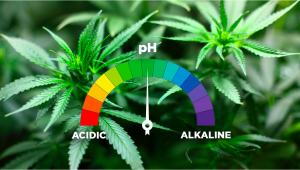
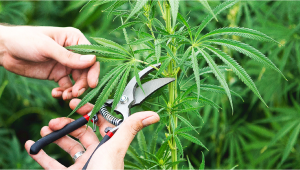
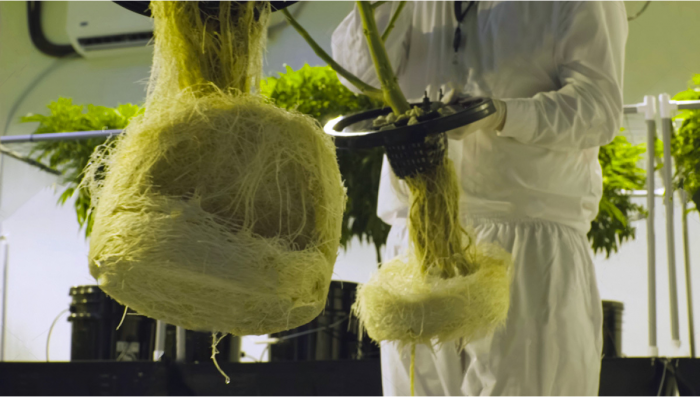
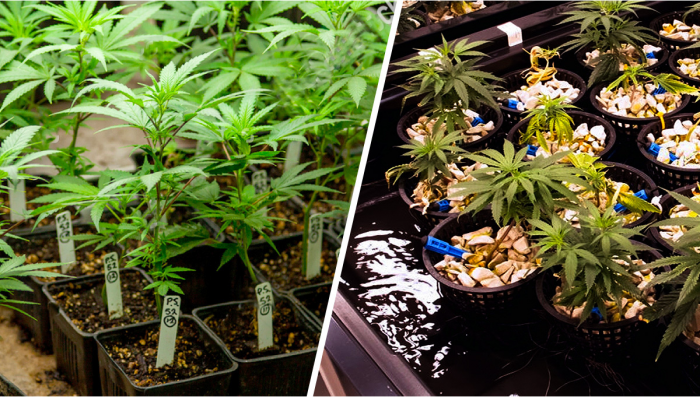
Comments